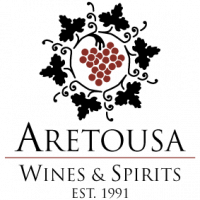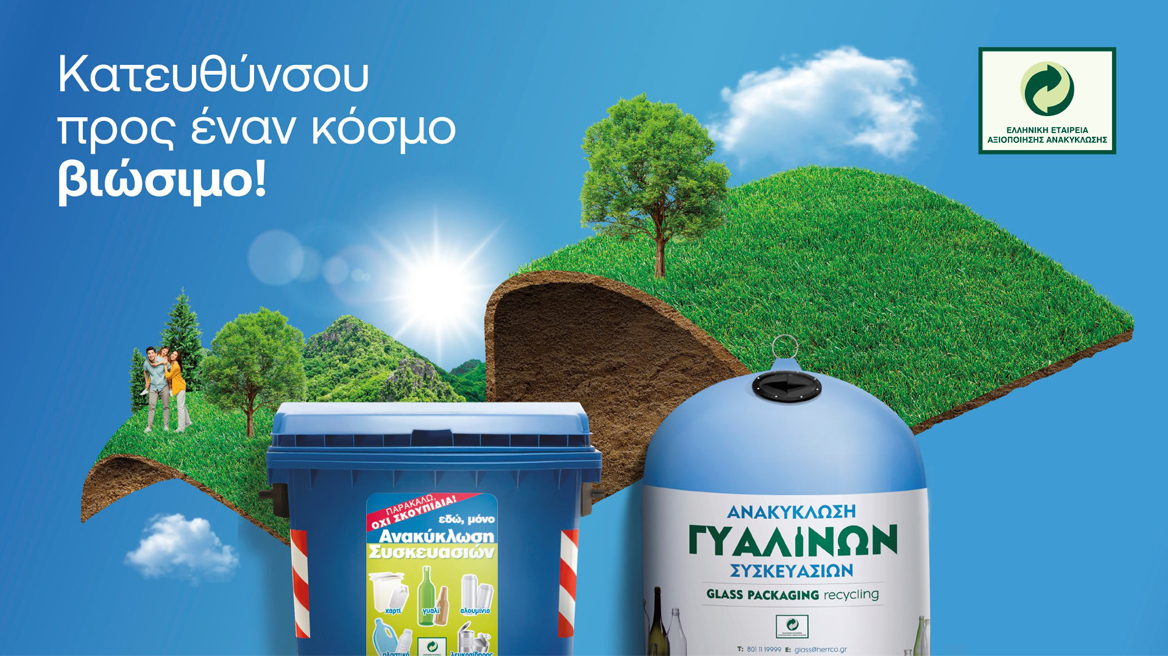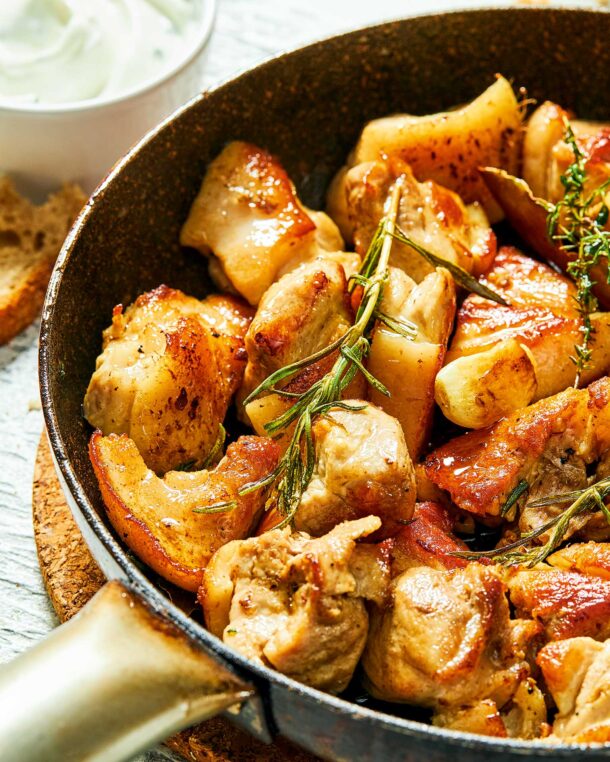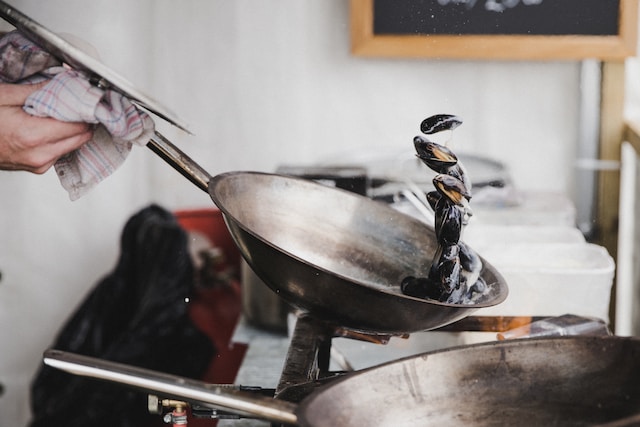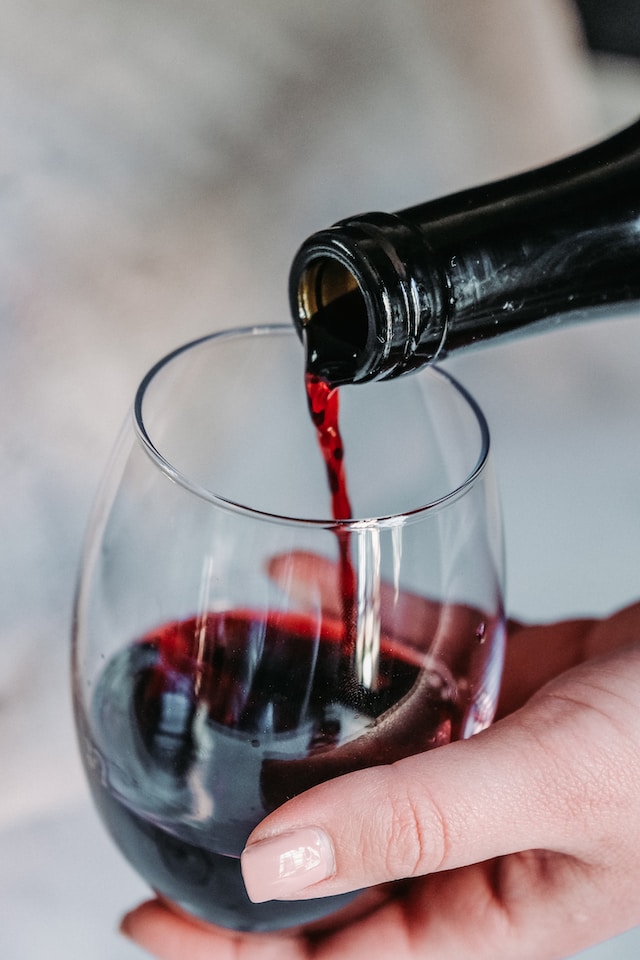Wine and temperature: Heartfelt friends or inanimate enemies?
Δευτέρα 30 Νοεμβρίου 2020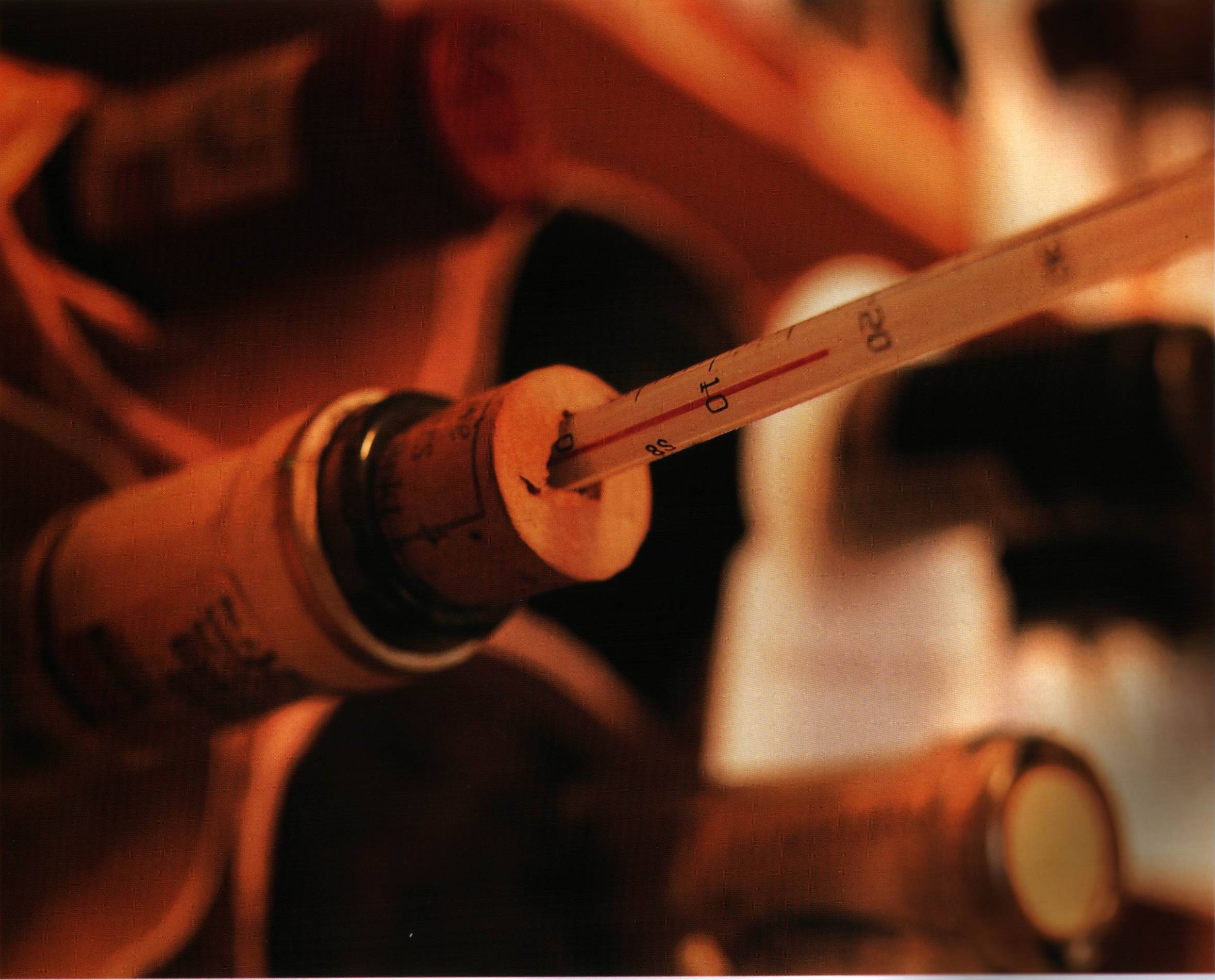
At home - The triptych of home wine temperature is: Preservation - Serving - Aging. First we preserve the wine for short periods of time, until it is consumed. We avoid doing this in parts of the house where there are high temperatures, or large differences in temperature. This way, we do not leave our wine near radiators, electrical appliances such as refrigerators and washing machines, as well as windows, especially if they are exposed to direct sunlight. The wine can stay in the fridge for a long time, but not too long. This is because the refrigerator can keep the temperature low, but the cold is dry and deprives the wine of the moisture it needs to keep its cork in good condition. Once opened, any remaining wine should be refrigerated, especially if it is white or rosé. After the first opening, however, the countdown has begun, so our wine will remain in good condition in the refrigerator for only a few days, before it begins to deteriorate. The serving temperature of the wine depends on its type. In general, we should know that a white wine must be cool, to quench our thirst, but not cold, so that its aromas are not neutralized by the low temperature. Similarly, a red wine should not be served cold, as its aromatic complexity is even more sensitive, but not too hot, as its alcohol may begin to evaporate abruptly, causing an unwanted feeling of imbalance in the mouth. It is generally a good idea to serve a red wine at a temperature between 16 and 18 degrees Celsius (which is, by convention, the famous "Room Temperature") and a fresh white or rosé wine at a temperature between 8 and 10 degrees Celsius.
Even if the heat sends the mercury to the red, resist the temptation to freeze an aromatic wine too much, as the low temperature will stifle its aroma, and so you will not be able to enjoy it at its full aromatic intensity. * On the other hand, if you must drink a wine that may be damaged by time, cool down a lot. The low temperature will hide its imperfections to a large extent. * The solution of the champagne is very practical and effective, however we never fill it only with ice, as our wine will be "stressed" by the sudden change of temperature. For this reason we use 2/3 cool water and 1/3 ice, so that the cooling is gradual and painless.
* If you are in a hurry to cool your wine, and even in the champagne machine this seems to take a long time, pour into it a handful of salt. In this way the ice will melt faster and the cold water will quickly cool the bottle surrounding it. * There are plenty of gadgets on the market concerning the temperature of the wine. The rule says that usually the more complicated a gadget looks, the more useless it is. However, invest fearlessly in the simple but miraculous wine cooler (especially if it also contains an ice pack inside), as well as in a thermometer-ring, which hugs the bottle and informs us whether the temperature of our wine is correct, depending on its type.
